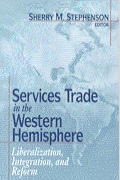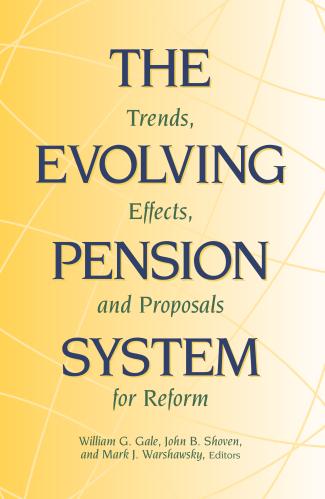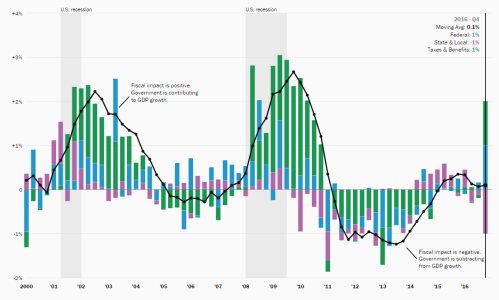Studies in this week’s Hutchins Roundup find that businesses are becoming more efficient at finding the right workers, public pension plans take on more risk when interest rates are low, and more.
Want to receive the Hutchins Roundup as an email? Sign up here to get it in your inbox every Thursday.
Businesses are getting better at hiring the right workers
Many researchers have documented that workers transition between jobs, move to new labor markets, or start working at new companies less frequently than in the past. While this is sometimes perceived as a negative, Michael J. Pries of the University of Notre Dame and Richard Rogerson of Princeton University say it partly reflects businesses becoming more efficient at finding and hiring workers that are a good match for the job. Using data from the Census Bureau, they show that the rate at which jobs are created and destroyed has declined primarily because workers tend to stay with one employer for longer now than in the past, and that much of this is related to better employment matches. They find that gains in the quality of matches between workers and employers can account for about 40% of the total decline in the labor market turnover rate. The findings suggest that even while some factors might be making the labor market less fluid, lower turnover may also reflect efficiency gains.
State pension plans take on more risk when rates are low or finances are tight
Using data from the Public Plans Database at Boston College, Lina Lu of the Federal Reserve Board and coauthors find that state pension funds tend to take more risk when interest rates are low and when their liabilities are under-funded. They show that public pension portfolios significantly shifted into riskier assets after interest rates declined in 2008, and that by 2016, 32% of the total risk held by state pension plans could be attributed to funds reaching for extra yield on their assets either because they were underfunded, because of low interest rates, or both. In addition, when the sponsoring local government has higher debt relative to tax revenue, state pension plans are more apt to invest in risky assets, implying that weak state finances incentivize pension plans to increase funding by taking on more risk. This indicates that public pensions are more willing to take on risks when they are under pressure to meet funding requirements and when low market rates are compressing their returns.
Excluding firms without employees understates business dynamism
The literature on the decline in business dynamism in the United States has focused on firms with employees. Pedro Bento of Texas A&M University and Diego Restuccia of the University of Toronto note that most businesses don’t have any employees, and that including these non-employer firms in the analysis leads to a vastly different view of business dynamism. They find that, from 1981 to 2014, the number of firms per worker—a standard measure of dynamism—declined 4.5% when only employer-firms are considered, but increased 53% when all firms are counted. The authors note that traditional measures of dynamism appear uncorrelated with productivity growth, whereas their measure moves closely over time with it. They conclude that the increasing number of total firms per worker can explain over one quarter of the productivity growth experienced since the early 1980s.
Chart of the week: Corporate debt as a share of GDP is Increasing

“[Businesses] are in budget season now, and so one of the questions I like to ask is what sort of assumptions have you set for next year. My sense is people are not yet pulling back. Pulling back looks like stopping pre-existing plans, looks like cutting your investment level significantly, looks like laying off people. I don’t hear that. What I do hear is they’re not doubling down. In a world where markets are up, the economy is still strong, consumers are spending, you might imagine that you would hear people talking about growth or talking about expansion. What I’m hearing is nervousness. ‘Let’s sort of be careful here,’” says Thomas Barkin, president of the Federal Reserve Bank of Richmond.
“That’s more like a flat scenario than it is like a shrinking scenario, but again, it’s fragile. So that’s what I’m watching. Is flattish going to get to shrinking? And when I say flat actually I’m talking about business investment, not the economy. But that’s what I’m hearing, is we’ll keep it about level year to year. I’m not hearing we’re going to take it down. I’m also not hearing we’re going to take it up.”











Commentary
Hutchins Roundup: Hiring efficiency, pension fund risk-taking, and more
July 3, 2019